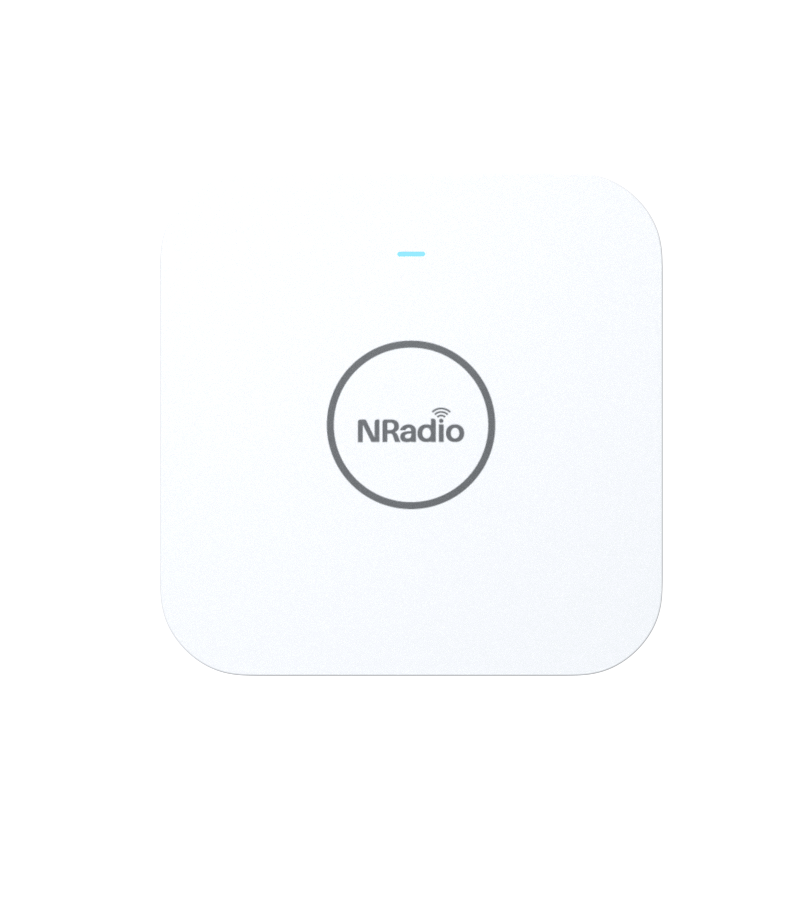
N6300
Maximum wireless signal rates are the physical rates derived from IEEE Standard 802.11 specifications. Actual wireless data throughput and wireless coverage, and quantity of connected devices are not guaranteed and will vary as a result of network conditions, client limitations, and environmental factors, including building materials, obstacles, volume and density of traffic, and client location.
|
HARDWARE FEATURES |
|
|
Interface |
1 × 10/100/1000 Mbps LAN/PoE Port 1 × 10/100/1000 Mbps LAN Port |
|
External Power Supply |
PoE 802.3af or DC12V 1.5A |
|
Dimensions ( W x D x H ) |
220×220×35MM(8.66×8.66×1.38in) |
|
Environment |
Operating Temperature: 0℃~40℃ (32℉ ~104℉) |
|
Antenna |
Built-in high gain antennas |
|
WIRELESS FEATURES |
|
|
Wireless Standards |
IEEE 802.11b/g/n/acWave1/Wave2/ax |
|
Frequency |
2.4 GHz and 5 GHz |
|
Signal Rate |
573 Mbps at 2.4 GHz, 1201Mbps at 5 GHz |
|
Wi-Fi Max.Associated Clients |
256 |
|
Wireless Security |
WPA/WPA2, WPA-PSK |
|
Modulation technology |
OFDM: BPSK@6/9Mbps, QPSK@12/18Mbps, 16QAM@24Mbps, 64QAM@48/54Mbps DSSS: DBPSK@1Mbps, DQPSK@2Mbps, CCK@5.5/11Mbps MIMO-OFDM: MCS 0-31 MIMO-OFDM (11ac): MCS 0-9 MIMO-OFDM (11ax): MCS 0-9 |
|
SOFTWARE FEATURES |
|
|
Channel adjustment |
Support |
|
Power adjustment |
Support |
|
RF timing ON/OFF |
Support |
|
Access restrictions |
Support |
|
SSID Hidden |
Support |
|
Load balancing |
Support |
|
Speed limitation |
Support |
|
STA related |
Support |
|
Link complete detection |
Support |
|
Verification method |
Support |
|
Black and white list |
Support |
|
User isolation |
Support |
|
Anti-terminal stickiness |
Support |
|
Disable low-speed terminal access |
Support |
|
Optimization of high-density access scenarios |
Support |
|
ARP to Unicast |
Support |
|
Fat & Fit integration |
Support |
|
Tunnel encryption |
Support |
|
Bandwidth limit |
Support |
|
DHCP |
Support |
|
VPN |
Support |
|
NRadio Cloud |
Support NRadio Connection and realize remote management. |
Maximum wireless signal rates are the physical rates derived from IEEE Standard 802.11 specifications. Actual wireless data throughput and wireless coverage, and quantity of connected devices are not guaranteed and will vary as a result of network conditions, client limitations, and environmental factors, including building materials, obstacles, volume and density of traffic, and client location.
